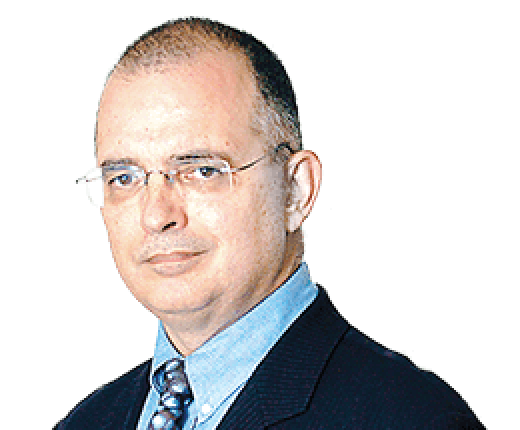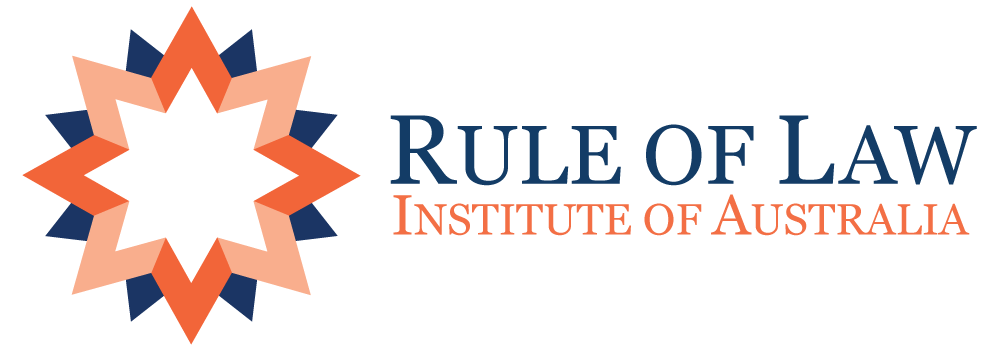There is only one thing worse than having no law to address criminal conduct, and that is having a law that is not enforced.
This has the perverse effect of encouraging the very conduct that should have been suppressed, while destroying public confidence in one of the key principles of the rule of law.
Equality before the law is fundamental to what it means to be Australian. It means the law is there to protect everyone, not just those who have undue influence.
For most of our history, this idea was deeply ingrained in society. It took too long to reach Indigenous people, but now there is no denying that this country, compared to others, is a bastion of equality.
This is the wellspring for the Australian belief that everyone is entitled to a “fair go”, regardless of their station in life.
Unless this principle applies to all of us, without distinction, we are all diminished.
That is why the entire nation should be outraged by what has happened to citizens of this country who happen to be Jewish. Their right to equal protection under the law is being chipped away at alarming speed.
The problem is most acute in Sydney – a city now known globally for the public expression of racial hatred against Jews outside the Opera House on October 9.
In the three months since that shameful episode, public expressions of racial hatred against Jews have been made at mosques in the city’s suburbs and by angry mobs in the street.
Nobody has been brought before the courts. Nobody has been shamed from public life.
The source of this decline is that something has gone terribly wrong – either in the law itself or among those who are supposed to enforce the law.
Premier Chris Minns is right to be worried about what is happening to his state. Public statements inciting violence against Jews are supposed to attract criminal penalties regardless of whether they are intentional or reckless.
That is what section 93Z of the Crimes Act says.
Yet such statements have been made in public by identifiable persons and nothing has happened.
Inciting violence is far more serious than the civil offence of racial vilification which covers the lower end of the spectrum of hate speech. Vilification involves inciting hatred and contempt – not violence.
Last month Minns was clearly seeking some answers about how to fix section 93Z. Inciting violence, after all, is the most serious problem.
That is why Minns said he had asked former NSW chief justice Tom Bathurst to examine the criminal provision.
“Mr Bathurst, who is currently the chairperson of the NSW Law Reform Commission, will review the policy objectives and effectiveness of section 93Z of the Crimes Act 1900 (NSW),” Minns said on January 19.
Here’s the problem. When the terms of reference for this inquiry were made public on February 14 the clear focus on criminal conduct had shifted.
It now looks like this review will be primarily concerned with what the terms of reference describe as “serious racial and religious vilification”.
Instead of focusing on improving the law against inciting racial or religious violence, there is a risk this inquiry could be heading into dangerous territory.
It might be about to consider criminalising speech that falls short of incitement to violence.
At the moment, inciting racial hatred is a civil offence that should be easier to prove than the criminal offence which attracts up to three years in prison.
The offences are currently treated separately and do not even appear in the same statute.
Yet the review’s terms of reference seems to require the Law Reform Commission combine the two concepts. The commission is required to report on the effectiveness of section 93Z “in addressing serious racial and religious vilification in NSW”.
That could be difficult for the simple reason that racial vilification – inciting hatred or contempt – is not dealt with under section 93Z. It is a civil offence under section 20C of the Anti-Discrimination Act.
There is, however, a possible explanation for this apparent confusion.
This could be an early sign of where this inquiry might be heading. The commission might be about to consider a single criminal offence of inciting serious racial vilification or violence.
That might explain why other parts of the terms of reference require the commission to consider criminal vilification in other jurisdictions and to have regard to “the impacts on freedoms, including freedom of speech, association and religion”.
If the purpose of this review is to ensure criminal law can be enforced, a combined criminal offence of inciting hatred or violence could have drawbacks.
If incitement to violence is treated separately there would be no need to consider the impact of the implied constitutional right to freedom of speech on government or political matters.
There is no implied right to incite violence.
If the criminal and civil offences are combined, there would inevitably be a risk that the High Court might have something to say about the impact of such a law on the implied Constitutional freedom of political communication.
Jailing people for opinions that fall short of incitement to violence might be a bridge too far for the High Court if those views – however repugnant – concern government or political matters.
NSW Opposition frontbencher Alister Henskens, SC, is no fan of the implied freedom. Last year, when delivering his Garfield Barwick Oration, he made the point that the High Court had used this “illegitimate constitutional right” to justify striking down state legislation passed through democratic processes.
Chris Merritt
Legal Affairs Contributor

23 February, 2024
Law protects everyone, not just the loudest
READ ORIGINAL
Download PDF


